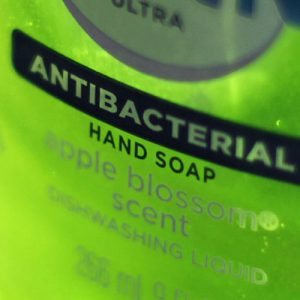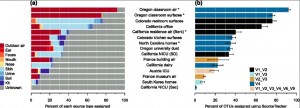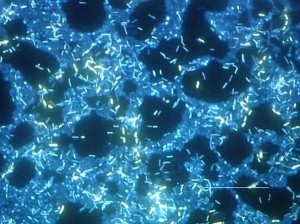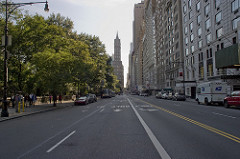Two recent news articles cover some new attempts at curbing antimicrobial resistance. The first discusses Kaiser’s ban on 13 different antimicrobials that are commonly used on surfaces, like fabrics and finishes. Although this change will only affect future facilities, it is a step forward in reducing sources of antimicrobial resistance. This is especially important in hospitals, …
Gearing up the UNITE database for the built mycobiome The team behind the UNITE database for molecular identification of fungi has been granted support from the Sloan Foundation to strengthen the support for fungi from the built environment. Launched in 2001 as an ITS database for identification of ectomycorrhizal fungi in the Nordic countries, UNITE …
This week’s antimicrobial news story covers an antimicrobial 3D printing material that has the potential to be used for tooth implants and other dental products. It is made of a dental polymer that is imbibed with ammonium salts. The creators claim their material kills 99% of bacteria, and will curb infections that result from dental procedures. However, …
A new paper from Adams et al does a meta-analysis of indoor microbiome data to further characterize the microbial interactions within the indoor built environment. They used sequence data from four studies that covered South Korean homes, Colorado restroom surfaces, Colorado kitchen surfaces, and North Carolina homes, and found that communities were most similar between the type …
A recent news article discusses the impact of plant/soil microbiome research on agriculture, specifically helping feed a projected 9 million people in 2050. Novozymes and other corporations are working with researchers and farmers to make microbial products that help promote and optimize plant growth in various ways (for instance, drought tolerance). The idea sounds a bit like …
Researchers at Inserm/Strasbourg University have developed an antimicrobial film for implants. One of the biggest problems with implants is that they can provide ideal breeding grounds for pathogens, causing inflammation in the surrounding tissue and subsequent rejection of the implant. Often, this is avoided by prescribing patients antibiotics or coating implants in them, which of course have …
Sanitation remains a problem in many developing countries across the globe. However, this issue goes much deeper than just delivering clean water to billions of people and treating sewage waste. The Conversation ran an article earlier this month on this topic. They bring up two important aspects of implementing water treatment programs in struggling countries. One …
A new paper just came out from Dunn et al about how urban stress effects microbial communities in Manhattan. Urban structures can provide barriers to species movement and create islands of life, both for macro- and microscopic creatures. Here, they sampled soil bacterial and fungal species, as well as ant communities, from small road medians and large …
A recent study from Meadow et al at the University of Oregon looked at the individual microbiota that humans shed into their surrounding environment. They sequenced the airborne microbes that colonized a sterile chamber once each individual entered. They found that this left a microbially distinct and detectable signature, much like a fingerprint, after 1.5-4 hours. …
Have you heard of probiotics in cosmetics? How about a bacterial mist? A young company called Mother Dirt, with research partner AOBiome, sells a mist containing their now patented strain of Nitrosomonas bacteria (Nitrosomonas D23), an ammonia-oxidizer. The species was cultured from the skin of one of the heads (or arm? leg?) of the company. Here’s how …






